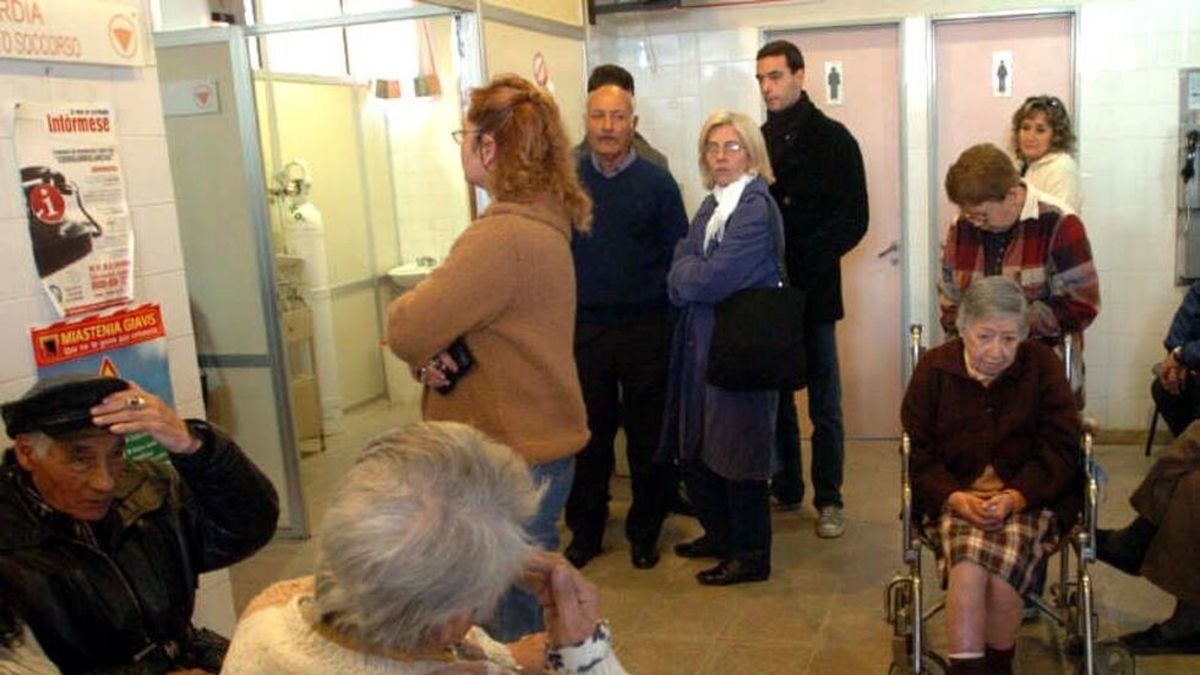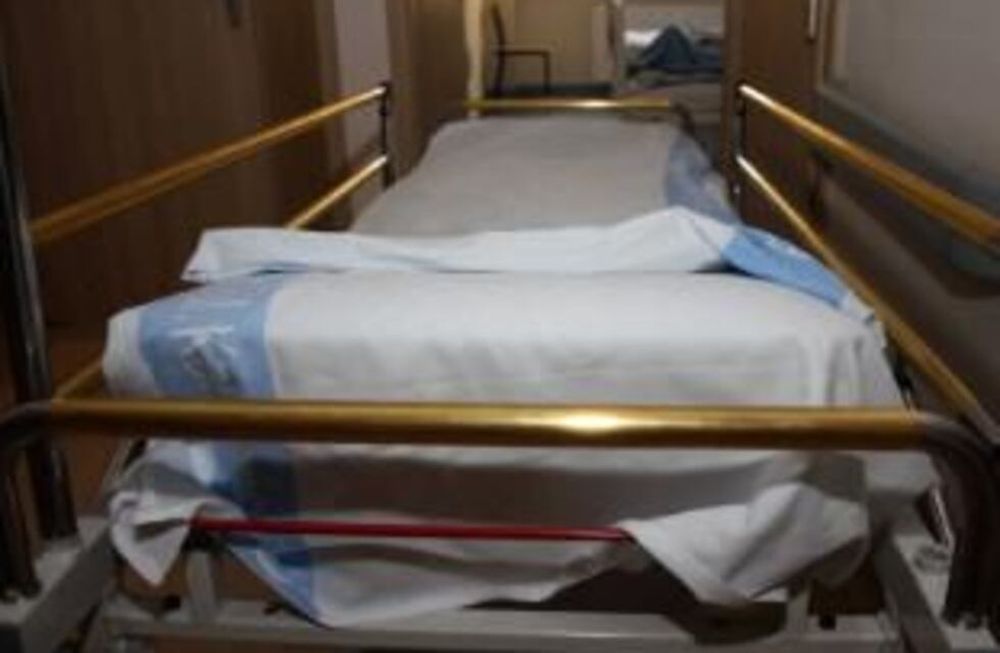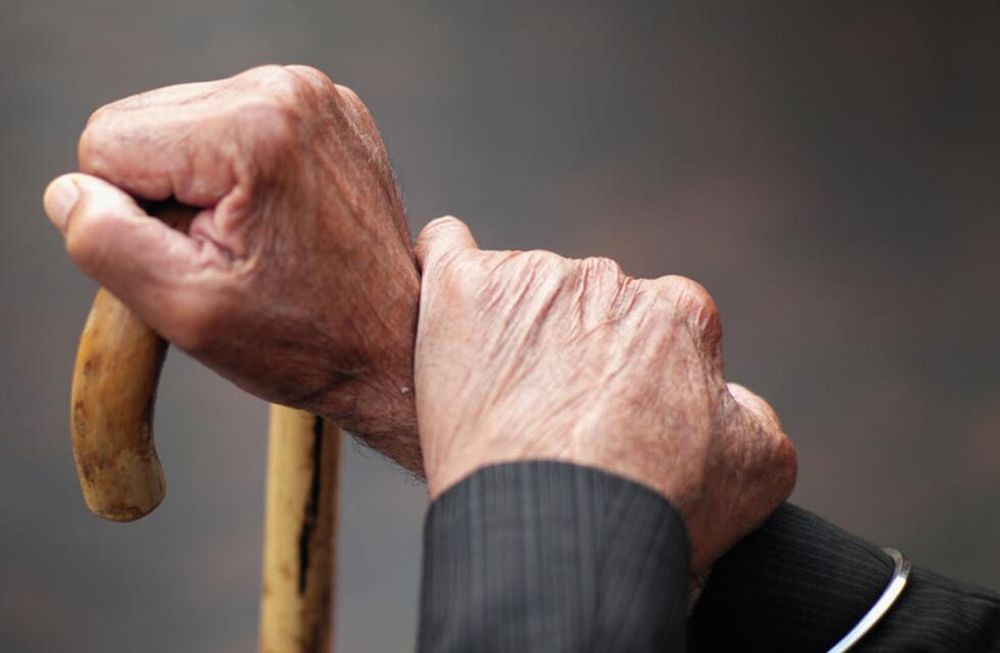The number of older adults has doubled in 30 years and they are using the health system more, but it is not prepared.

The possibility of extending life, however, entails for certain segments of this population a series of vulnerabilities, fragility, and the need for complex care, but especially, care specifically designed for them to be adequate. For all these reasons, it is noted that they are the ones who most demand services from the health system , a system that is overloaded, with a long-standing crisis in the private sector and among financial institutions, with a lack of specialists specifically trained to care for this population, and which, in fact, is already responding late in many cases due to its inability to meet the general demand.
physical exercise for older adults

WEB
These are patients who require more hospitalizations, for longer periods of time, and complex and interdisciplinary care. It is estimated that complex chronic patients, who represent around 5% of the population, consume approximately 30% to 40% of hospital resources. These are data collected in Spain that can be applied to local reality, as Dr. Cristian Gallo, a specialist in Internal Medicine and Geriatrics with a Master's degree in Health Systems and Services Management and coordinator of the home care service at the Italian Hospital of Buenos Aires, told Los Andes.
The departments with the oldest populations are Capital, General Alvear, and Godoy Cruz, although Guaymallén, San Rafael, San Martín, Junín, and Rivadavia exceed the provincial average for the Aging Index, the institute warns.
“The progressive increase in the rate and the percentage of people over 65 years of age suggests that these indicators will continue to rise in the future, posing significant challenges to health, social security, social assistance, and other systems . This is particularly important because it requires reformulating health and social services for the elderly, who are more vulnerable and have less economic means,” he asks. “Is there any consideration being given to improving the supply of beds and other resources to address the fragile health of the elderly, given that public nursing home beds are the same as they were 60 years ago and the population over 65 has doubled?” they ask.
Copper is promoted in hospitals as an antibacterial metal.

In Mendoza, there are 53 people aged 65 and over for every 100 people aged 0 to 14. In the previous census, in 2010, there were 40. This is what is known as the aging index.
“ By 2050, the number of people over 65 is expected to increase by 185%; those over 80, by 300%; and those over 100, by 1,000% , according to United Nations projections,” Gallo emphasized. He was one of the speakers at the Roche Press Day, which brought together regional health leaders in Mexico. The main topic was the challenge and need to bring health systems closer to the people.
Impact on the systemGallo warned about the high need for healthcare among older adults , specifically for that segment, which the system is not prepared to provide, much less for what is coming.
“Basically, the burden is expected to increase as a result of aging, the burden of polycomorbidity, multiple pathologies, frailty, and complexity, in a system that is not adapted because it is a reactive, fragmented system, and fundamentally focused on the acute decompensation of chronic diseases ,” he explained.
"It's a demographic tsunami that the healthcare system isn't adapted to," the doctor emphasized. What he's suggesting is that, in general, it responds when there's a problem. "It's a system that responds to the patient's crisis, not that it plans and prevents; that applies to everyone, but precisely this population, which is the most vulnerable, is the one that suffers the most from this," he emphasized.
The thing is, as he explained, we are dealing with a fragile adult who easily decompensates in the face of an adverse event, and this carries greater risks, including disability and mortality.
"So, that frail older adult will live in the hospital, between emergency and urgent care, hospitalization in the event of any adverse event," he noted.
Frail patientsIt must be said that not all older adults are frail, but rather there are two groups . There is a group that is in good health, perhaps with few or no vulnerabilities, and who maintain an active life.
Dr. Marcelo Barcenilla, a geriatrician and director of the Lencinas Hospital in Mendoza, acknowledged that there are indeed an increasing number of older adults arriving and defined the two segments of this population, both of whom equally demand health services.
“ One group is the one that has begun to practice prevention, seeking to avoid risk factors, changing their mindset a bit, seeking a healthy lifestyle and functional medicine ,” he explained. “ And the other group, which is the most complex, is caring for older people and those with more pathologies . So, they demand health services, but the complication is that health services aren't as well-equipped, especially the private sector, because there aren't many specialists to care for older adults,” he added.
Medical consultations at $6,000

For his part, Gallo defined what it means to be a frail patient: they have decreased cognitive and functional reserve to respond to stressful situations, they easily decompensate, and they have increased morbidity and mortality. They may have more than one disease (multiple pathologies), decreased strength, weight loss, mobility problems, but they may also have social vulnerability, among other parameters. This is precisely why they are complex and why these patients are often difficult to manage, he maintained.
Problems specific to older adultsBarcenilla agreed that one of the most serious problems is the lack of training for healthcare teams to care for this population. He noted that, for example, psychologists treat children up to this age. The same is true for care settings such as nursing homes and home caregivers , and he said that social security and prepaid health insurance plans are also failing to consider specific strategies and services. "We are trying to train more and more people regarding health issues for older adults, because otherwise, the support is very poor . There need to be more available appointments, more available beds, more staff, more doctors , more nurses ," the professional emphasized.
Other problems related to care for this group include fragmentation and potentially inappropriate medication . Since they often have multiple health conditions, several specialists intervene, but they often do so without interacting with each other. "This fragmentation leads to or is compounded by polypharmacy; they take more than five medications, and if they take more than three, they interact with each other, and these interactions can often be serious. Worldwide, in the general population, 1 in 10 patients is hospitalized due to adverse drug events, but in frail older adults, that number can rise to 3 in 10," he warned.
The challenge of potentially inappropriate medication was added, which poses greater risk than benefit to the patient, depending on their clinical situation, comorbidity, and interactions.
Paradigm shift in healthDr. Gallo explained that under current conditions, a paradigm shift is necessary to move toward a person-based healthcare system, rather than the current reactive one . We must arrive early; we must prevent. That's why experts emphasize that healthcare should not be viewed as an expense, but rather as an investment. It's also necessary to advance the training of teams prepared to care for this population, ensuring that physicians who treat a patient work in an interdisciplinary manner, and develop a management plan that encompasses all areas of care.
Older adults: often have calcium and protein deficiencies

He shared his experience at the Italian Hospital in Buenos Aires, where they implement a home care program for 4,000 patients. There, chronic patients are treated by teams of diverse professionals and hospitalization is provided at home, a model that replaces hospitalization. Ultimately, this ensures timely access and patients have better outcomes. He also said it's less costly for the system, largely because complications are avoided. Within this framework, they provide treatments, therapies, diagnostics, postoperative care (avoiding prolonged hospitalizations), and provide better patient follow-up.
Gallo emphasized the importance of putting the issue of home care on the agenda of those with decision-making power and generating policies. He argued that such experiences are almost nonexistent in the country, especially in the public system. Furthermore, the lack of trained human talent is a real challenge, particularly for home care teams. In this regard, he highlighted free, virtual courses available for those interested, on the website of the Italian Hospital of Buenos Aires.
losandes



